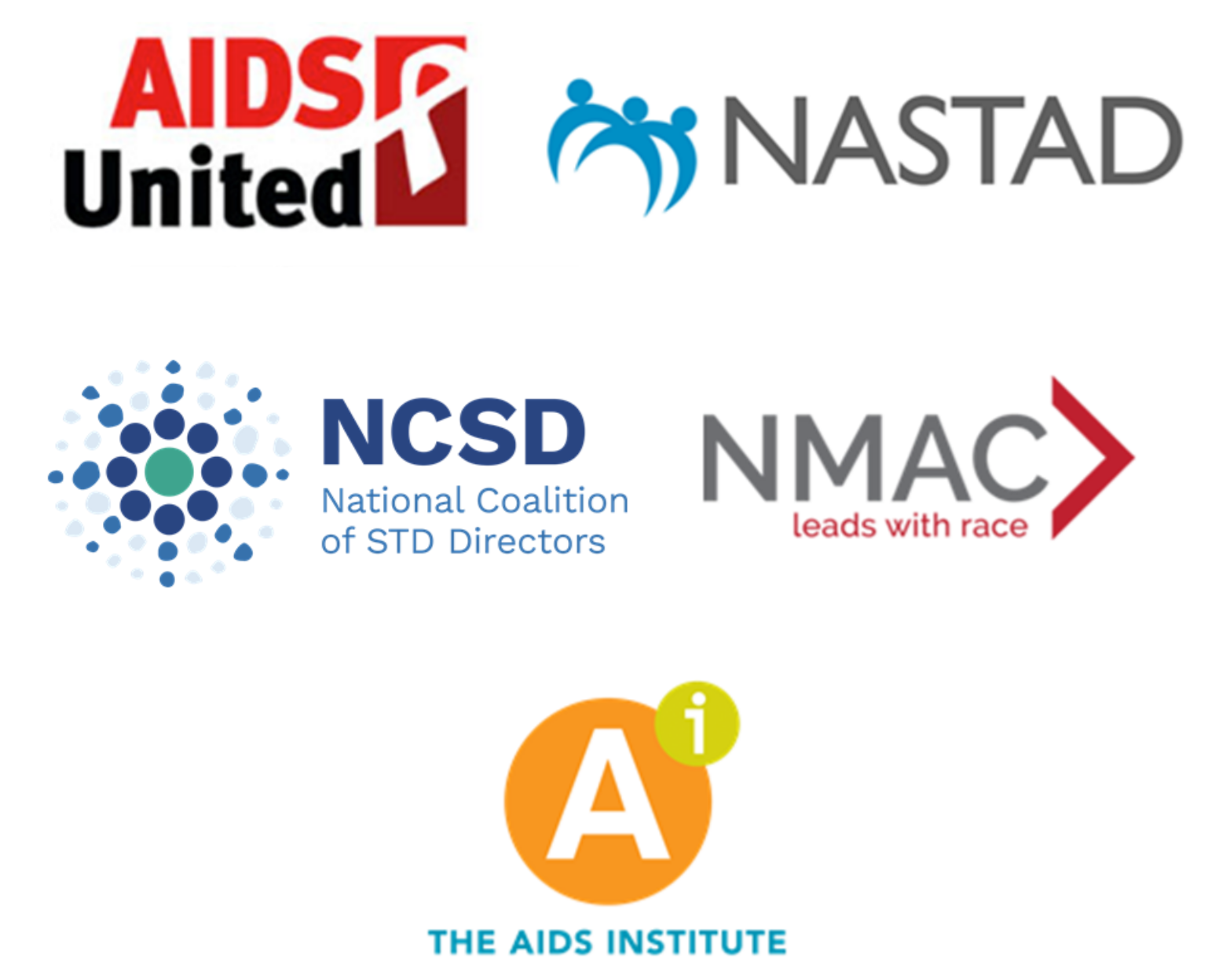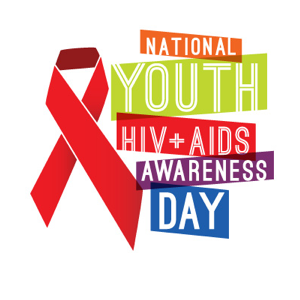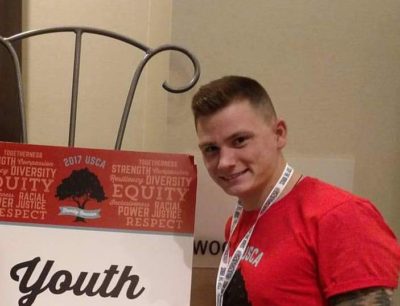April 18 marks the second annual National Transgender HIV Testing Day (NTHTD), a national initiative to increase HIV screening, prevention, and treatment among transgender people. HIV screening is an important step in HIV prevention and the first step in the HIV Care Continuum, the recommended treatment plan for people living with HIV. As simple as getting tested might seem, transgender people still encounter many barriers to screening. NTHTD aims to facilitate screening and prevention among transgender individuals by actively engaging them in their sexual health and wellness and empowering them to take charge over their health and wellness (UCSF, 2018).
Each year, community-based organizations, local health agencies, and social service agencies specializing in gender affirming care focus on strategies to raise HIV status awareness among trans and gender non-binary persons. By utilizing innovative approaches to reduce HIV and its related health disparities among transgender women the organizations seek to engage the trans community in conversation about culturally tailored HIV screening and treatment in the US.
These efforts have never been more important, as the transgender community is increasing in visibility and new policies threaten the livelihood and well-being of transpeople across the country. The fact remains: HIV continues to be a crisis for transgender Americans.
HIV infection rates are two times higher in transgender people than in sexual gender minorities, including lesbian, gay, and bisexual persons (CDC, 2015; Institute of Medicine, 2011). About 1.4 million or 28 percent of all trans women in the United States are living with HIV (Flores, Herman, Gates, & Brown, 2016). Rates of new HIV infection among Black transgender people is 24.9 percent compared to 0.6 percent in the general United States population (Human Rights Campaign, 2016). Moreover, Black transgender women are more likely to be living with HIV (56 percent) than are White (17 percent) and Hispanic/Latina (16 percent) transgender women (CDC, 2015). Transgender women, especially those of color, are disproportionately affected by HIV infection in the United States (Centers for Disease Control and Prevention [CDC], 2015; White House Office of National AIDS Policy, 2015).
But why are the numbers among transgender people so high? And what can we do about it? First, there is a lack of comprehensive care and approaches to health, a lack of affirming places of care and multi-layered transgender stigma and discrimination that collectively discourage transgender and gender non-binary people from seeking HIV screening and treatment. Second, there is a lack of medical models that support trans-specific care. Third, on a national level, there is a lack of clinicians who are adequately trained to provide transgender health care services.
To increase HIV screening and address the HIV epidemic in transgender and gender non-binary people, we must have safe entries to care, build networks of clinicians and care providers who are representative of the community, and adapt or develop models of inclusive care.
As we commemorate National Transgender HIV Testing Day and mobilize our efforts in working towards advocating for policies that support health equity and parity for this population of men and women may we be reminded of a quote from Sir Williams Dean, former Governor General of Australia, “The ultimate test of our worth as individuals and countries is how we treat the most vulnerable and disadvantaged.”
References:
Centers for Disease Control and Prevention. (2015). HIV among transgender people. Retrieved from http://www.cdc.gov/hiv/risk/transgender/
University of California San Francisco, Trans HIV Testing Toolkit Overview: National Transgender HIV Testing Day. Retrieved 4/9/2018 via: http://transhealth.ucsf.edu/pdf/NTHTD/Overview_cd.pdf
Institute of Medicine. (2011). The health of lesbian, gay, bisexual, and transgender people: Building a foundation for better understanding. Retrieved from https://www.nap.edu/read/13128/chapter/1
Flores, A. R., Herman, J.L., Gates, G.J., & Brown, T.N.T. (2016). How many adults identity as transgender in the United States? Retrieved from https://williamsinstitute.law.ucla.edu/research/how-many-adults-identify-as-transgenderin-the-united-states/.
Hines, D. D., Draucker, C. B., & Habermann, B. (2017). HIV Testing and Entry to Care Among Trans Women in Indiana. Journal of the Association of Nurses in AIDS Care, 28(5), 723-736.
Human Rights Campaign. (2016). Transgender people and HIV: What we know. Retrieved from http://www.hrc.org/resources/transgender-people-and-hiv-what-we-know. Original dataset: https://bedbible.com/transgender-statistics/
White House Office of National AIDS Policy. (2015). National HIV/AIDS strategy for the United States: Updated to 2020.
 In our fight, Larry Kramer is mythic. As a young queen who was overwhelmed by the loss of so many friends, I found inspiration and courage from Larry’s iconic piece in the New York Native. NMAC is pleased to announce that Larry Kramer will present the opening keynote at this year’s United States Conference on AIDS on Thursday, September 6th in Orlando.
In our fight, Larry Kramer is mythic. As a young queen who was overwhelmed by the loss of so many friends, I found inspiration and courage from Larry’s iconic piece in the New York Native. NMAC is pleased to announce that Larry Kramer will present the opening keynote at this year’s United States Conference on AIDS on Thursday, September 6th in Orlando. hcare, medications, and wrap-around services has never been greater. Not only is there great benefit to the individuals, but there is also a prevention factor. Ending this epidemic requires leaders from communities living with HIV and people who are sexually active or use needles to work together. We have the science to create real pathways to end HIV. What would Larry say if we wasted this opportunity?
hcare, medications, and wrap-around services has never been greater. Not only is there great benefit to the individuals, but there is also a prevention factor. Ending this epidemic requires leaders from communities living with HIV and people who are sexually active or use needles to work together. We have the science to create real pathways to end HIV. What would Larry say if we wasted this opportunity? Our movement owes a huge debt to all the leaders who spoke truth to power. It may seem unbelievable now, but there truly was a time… I’m going to leave that story for Larry to share. Join us as we sit at the feet of one of our movement’s elders. Space will be limited and NMAC may need to adjust seating arrangements so that everyone will fit.
Our movement owes a huge debt to all the leaders who spoke truth to power. It may seem unbelievable now, but there truly was a time… I’m going to leave that story for Larry to share. Join us as we sit at the feet of one of our movement’s elders. Space will be limited and NMAC may need to adjust seating arrangements so that everyone will fit.![]()


 NMAC gave an olive branch to the new Director when we invited him to the
NMAC gave an olive branch to the new Director when we invited him to the  We can’t do this alone. It’s going to take a movement to make this work. This is the first bridge we’ve had to an administration that has many of us concerned. Deciding to cross the bridge is a test of our leadership. For some it will be impossible. For others it will be impossible not to. There is no clear right answer, but NMAC has always been committed to working with the federal government regardless of the administration. This is also our test.
We can’t do this alone. It’s going to take a movement to make this work. This is the first bridge we’ve had to an administration that has many of us concerned. Deciding to cross the bridge is a test of our leadership. For some it will be impossible. For others it will be impossible not to. There is no clear right answer, but NMAC has always been committed to working with the federal government regardless of the administration. This is also our test.





